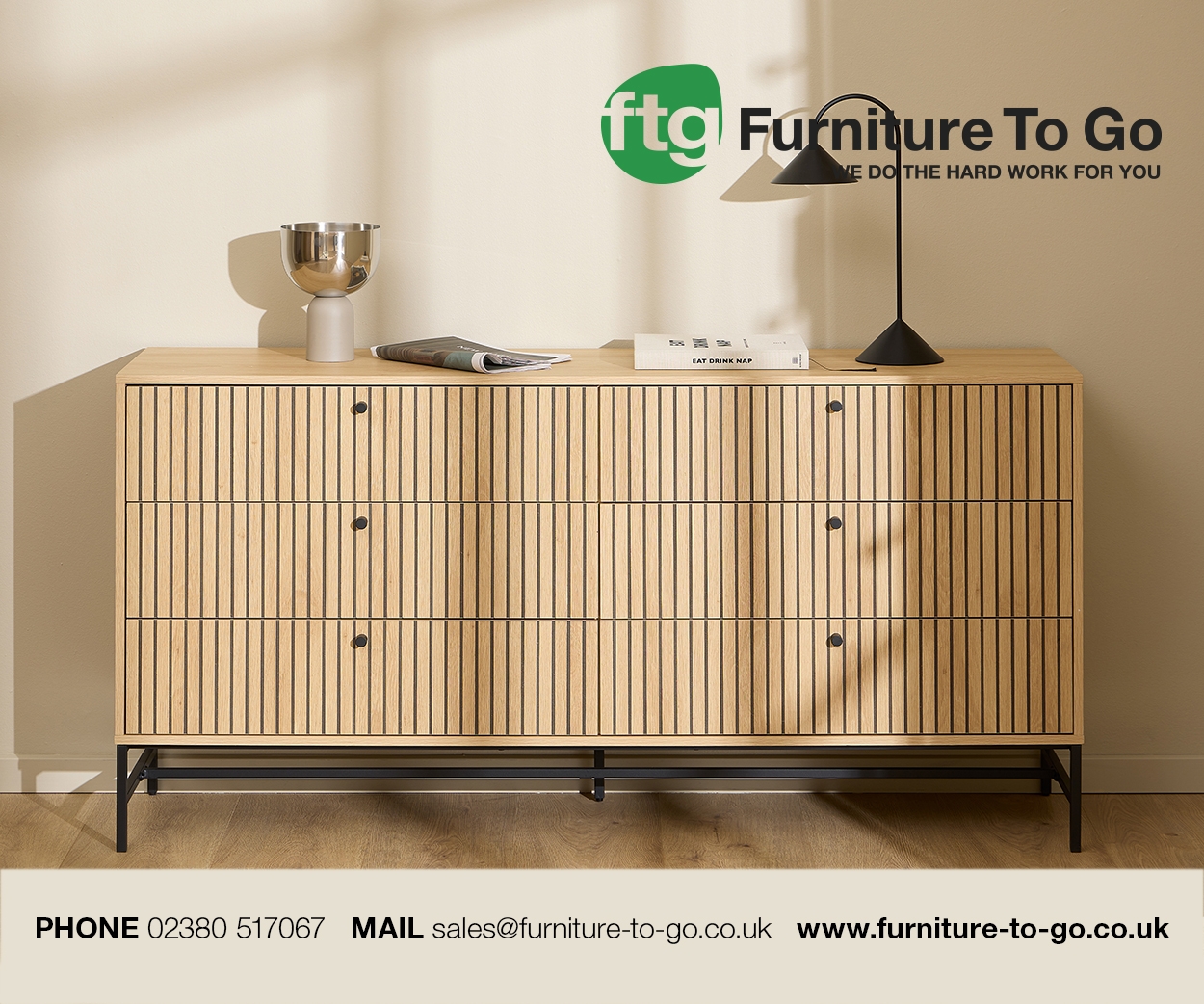Why leave ‘comebacks’ to chance?
How much sales potential is in your store right now, but not being made the most of by your sales team?
How many people will leave your store today who are in the market to buy – but you leave it up to chance whether they come back or not?
How many sales do your sales team lose because they gave great service, but someone down the road closed the sale?
Potential
How do you know what the potential is, and whether it is worth it?
Easy – what is your conversion rate? In the furniture business, it is between 7% and 12%. That means for every sale you get, eight people walk out the door. If every sales colleague converted one more customer per week, what would it mean for your business? At face value, it should be at least a +10% increase in conversion, up to 30%.
The customer journey
There are three stages to the buying process no matter what we buy (once we know we need something):
1. Research - what is around, and what are my options?
2. Choices - what do I like (zoning in)?
3. Decision - which shall I/we have?
Even when buying confectionary we scan the shelves, zone into two or three choices we know we like, then choose. Even people who always buy the same thing go through this process.
Therefore we must tune into the customer’s journey. Most shoppers make two visits before buying – this is because the ‘choices’ stage requires considerations and visualising in our home. How many of your sales colleagues spend as much time getting the undecided customers to return as they do closing those who are ready to buy? In our experience this is untapped potential.
Mindset
Programming how your staff think, and managing the way they talk, is really important. Their job is to help potential customers choose something they will love, and in return they will get the sale, goes the mindset - to help them make a better choice than they could make on their own or on the internet.
They must remember that their prospects are as important as their sales.
Managing your pipeline
Your priority should be:
1. Convert those ready to ‘decide’ (stage three of the buying process)
2 Comeback - for those who cannot or will not decide, agree actions and a return date in your diary
3. Callback - for those still unsure, agree a callback to update
The top salespeople convert 75% of callbacks within 48 hours. This drops to 25% when left more than four days - someone else closed their sales.
Ask your team
How many sales have you got this week?
How many comebacks are in your diary - how many do you have to call this week?
How many callbacks have you got, and how many do you think you can convert?
Sell, don’t serve
Service is nice, but no cigar. Of course the customer wants a nice experience, but more importantly they want to make great decisions, and want to be seen as a savvy shopper.
Selling isn’t always a sale today, it also includes actions agreed with the customer. It is about being the preferred adviser for your prospective customer.
It is about being in control of the decisionmaking process, so the customer would prefer to buy from you: “My job is to help you make a better choice than you would on your own, to help you choose something you will love, so tell me xxxxx.”
Quick wins
Make it zero pressure.
Declare your intentions - you're here to help them make a better decision, and you want you to shop with you.
Manage your pipeline - prospects are as important as sales.
Every engagement must end in a decision - including an agreement on the next steps.
Retail Performance Specialists (RPS) is a world-leading performance improvement organisation. To find out about upcoming workshops, call 01344 849397 or visit www.rps-global.com, and quote reference 'Furniture News RPD' for a special discount.











